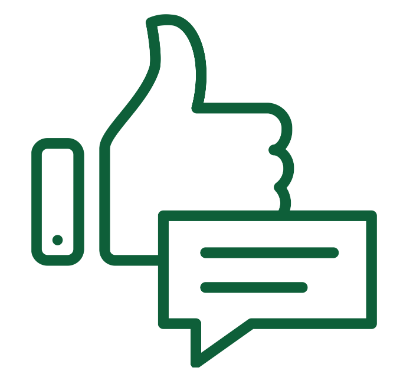Curating your Experience – What an ePortfolio can do for you
Luckily, the TOOC (Introduction to Learning Technologies) currently running through the GMCTE covers e-portfolios extensively in week 11. My goal with this post is to provide a summary of what I have learned about ePortfolios, some of which draws on the resources you can find in week 11.
What is an ePortfolio?
An ePortfolio is a collection of ‘artifacts’, which can be photos or text documents – anything that represents a task or a step in the learning process. The sort of material that composes an e-portfolio can be representative of either educational or professional development.
How is an ePortfolio used?
An ePortfolio is also a map of the learning process and a means of reflecting back on what one has learned or accomplished. As such, it is a means not only of demonstrating what you have learned or accomplished, but can itself become a means to better identify goals and more intentionally direct one’s path.
How do I put an ePortfolio together?
There are many tools available online to help you build a visually appealing ePortfolio. Before you choose a tool, it is important to remember that, as pointed out in an article by Suzanne Bowness for University Affairs, “Even fans acknowledge it’s not so much the tool as the philosophy that makes e-portfolios compelling.”
If it is the case that the ideas underpinning an ePortfolio are more important than the tool used to build it, then it is with this step that you should ideally begin. Bowness also claims it is the “dual function of reflection and record keeping that is one of the e-portfolio’s most compelling features.” I believe this dual function applies to both learning and professional ePortfolios. As such, a portfolio should contain artifacts as well as some context, or reflection on the artifacts.
I also believe that there is no set recipe that needs to be followed when putting together a portfolio, since the ideas underpinning each different portfolio will themselves differ. That said, if you are having a tough time getting started, do your homework on the topic of ePortfolios first. For instance, you can review the resources in week 11 and the University of Waterloo’s excellent summary of ePortfolios.

One Comment
Pingback: